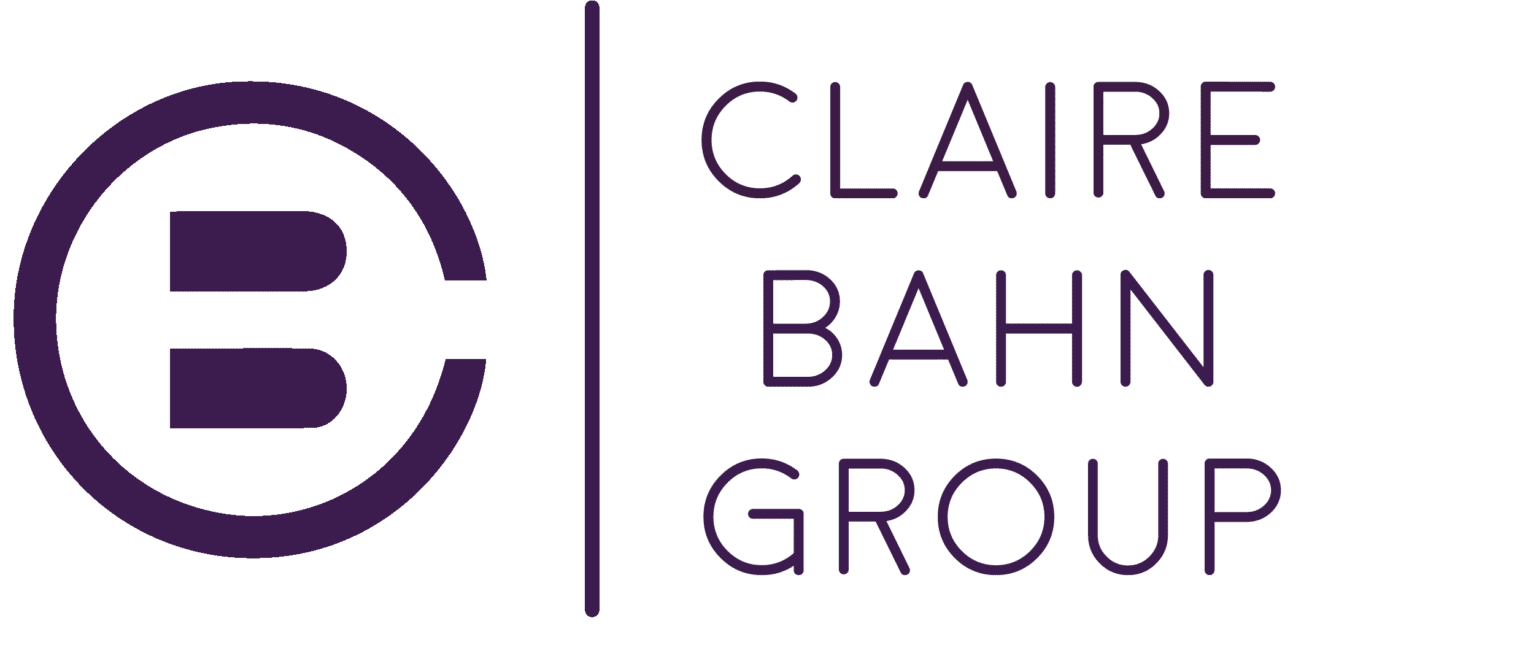A side hustle should complement your personal brand. It should also generate more than capital gains. Build a new company or expand an existing one with side gigs that support your values. Then use my step-by-step process to maximize profits and potential.
Side hustle plans can bring additional income and increased brand recognition. The more people who interact with your label, the more chances you have to spread the word about your gig. Meanwhile, a successful side hustle can generate appreciation and respect for your public persona. Do you know how to combine them like a pro?
Your most profitable “extracurricular activities” must align with branding strategies and market perceptions. Otherwise, the two forces can clash and bring your goals crashing to the ground. Marketing assumes the whole world is watching, with some audiences paying extra attention. We cannot let our thirst for profits overshadow our values and promises.
Irresponsible or immoral decisions in pursuit of profits can haunt you. Gigs on the side should always support the main event. You’re supposed to build a network fueled by transparency and trust. Don’t let your private endeavors fudge your personal brand. Learn how to make them run in tandem and create a longer-lasting impression.
Understand the difference between a side hustle and a part-time job. Discover the benefits of combining your brand with your gig to build a better company. Then redefine your strategy to include a more diverse portfolio. Here’s what you need to know in the meantime.
Table of Contents
What Is Considered a Side Hustle?
Brand-Friendly Side Hustle Ideas
When Side Gigs and Personal Brands Collide
4 Steps to Building Your Brand with a Hustle on the Side
Step One: Define Your Personal Brand and Audience
Step Two: Look for the Benefits in Your Side Hustle
Step Three: Cross-Promote Your Gig within Branding Strategies
Step Four: Brand Your Side Hustle for an Extra Boost
Tips for Branding Your Side Hustle
#1. Hire a Reputation Management Firm
#3. Collect Customer Testimonials
What Is Considered a Side Hustle?
A part-time job working for an established company is not a side hustle. That’s someone else’s creation, and you’re just a link in the chain. Daily duties depend on executive decisions and little input from employees. You’re not building a company; you’re helping to support an existing one.
A side hustle is something you develop from scratch. Goods and services help solve problems and contribute to your community. Private projects also involve duties you define, with a salary you control. They often serve as supplement income but can grow into full-time earnings in some cases.
A typical example of a legitimate side hustle is mobile cosmetology services. Stylists can travel to various locations, set their prices, and create a schedule that suits their lifestyle. They usually don’t work for a salon, so they build their personal brand around a reputation for excellence. Some might even expand their market reach to include exclusive spa services or branded merchandise.
Gigs on the side are for more than generating increased earnings. Play your cards right, and a small project can turn into an unfathomable opportunity. Get ready to spend extra time hustling, however. Balancing a full-time job, personal brand building, and moonlighting isn’t easy. You’ll want to streamline your approach to blend it with your public persona. Or gather some new side hustle ideas to start fresh.
Brand-Friendly Side Hustle Ideas
You can use a side hustle to build better companies, establish long-lasting partnerships, and grow your market reach. Provide superior goods and services to ensure industry authority and increase organic traffic. Give people want they want, and they’ll return for more. Then you can introduce them to your personal brand and offer relevant information about every aspect.
Buyers, vendors, and marketing scouts will eventually associate your name and face with quality and customer service. Speak or write about your profitable pastimes on branded materials to answer questions and improve public perception. Generate wealth while maintaining a faithful following. Or use one of these brand-friendly ideas to try something new:
- Become a freelancer. Work independently, completing projects that highlight your expertise.
- Write a blog. Advise people in your industry looking for first-hand knowledge.
- Start affiliate marketing. Run paid ads on your blog to earn dividends from related companies.
- Sell information. Get paid to teach other entrepreneurs how to accomplish their goals.
- Launch a wholesale business. Offer endorsements and discounted goods to specific groups.
- Build a print–on-demand startup. Create customizable products for followers and campaigns.
Notice how each side hustle complements the primary brand without compromising the values, goals, or audience. One supports the other in a symbiotic relationship that generates positive results. If your extra gig makes people ask the wrong questions, your personal brand could take the heat.
When Side Gigs and Personal Brands Collide
What happens if your career or brand contradicts your side hustle or vice versa? Should you give up one, the other, or neither? Reputation management is crucial for personal branding and professional advancement. You should never put your good name at risk, no matter how much cash is involved.
Building a company is challenging, and developing a reputable presence in any industry can be an uphill battle. Meanwhile, you can destroy your reputation instantly if you’re not careful. Choose appropriate side hustles or pay the price when people start researching your brand.
Reputational risk can be direct or indirect. For example, your source of supplemental income could pose questions about your morals and objectives. Yet a conscientious side hustle can encourage people to get involved or seek your brand first. Followers will learn about your expertise through organic exposure.
It would help if you prevented a negative shift in perception by managing behaviors, performances, alliances, and communications. Your personal brand will develop new connotations as your pastimes become more profitable. Is your side gig saying the right things about your business?
TIP: Gather honest feedback to determine the real-world impact of extra work on your personal brand.
4 Steps to Building Your Brand with a Hustle on the Side
Use your side hustle plans to enhance your personal brand and build a better business. Achieve goals, improve marketing strategies, and enjoy financial independence without compromising your reputation. Establish a presence, share your voice, and integrate a side gig to enhance your status. You can also invest earnings in meaningful pockets.
Building your brand with an optional project is a surefire way to increase profits and earn industry authority online or in person. However, these should be your other objectives:
- Solve problems for potential followers across various spectrums.
- Offer solutions and exposure to partners, vendors, affiliates, and yourself.
- Meet new people in your industry for exciting opportunities.
- Build brand recognition and respect in your market through organic interactions.
- Combine your side hustle with your personal brand to develop a cohesive strategy.
What about the steps that go with these goals? Here is how I’d approach the situation:
Step One: Define Your Personal Brand and Audience
You must know your audience intimately to determine what they like and dislike. Find out what your target demographic tolerances and despises. Run analytics and review real-time data to create personalized avatars. Then examine the wants and needs that reveal themselves in your research.
Go further with voluntary surveys and focus groups. Look at what your competitors are doing, and do it better. Monitor feedback from loyal followers but never ignore one-time visitors and random engagements. You can always experiment with various content types and update your trajectory at any time.
TIP: Make sure your personal brand promises align with your side hustle duties and outcomes.
Step Two: Look for the Benefits in Your Side Hustle
Your pet project must benefit someone, or you wouldn’t make any money. Determine who is and isn’t interested in your product, then focus your attention on warm leads. Find out how your hustle muscles are an advantage to those specific audiences. Develop solutions that offer innovative answers to questions relevant to your expertise.
Next, ask yourself this:
- How can my side work help grow or improve my personal brand?
- Can my business strengthen my gig in any way?
- What could I accomplish with enough support, exposure, and capital?
Check for overlapping concepts and complementary goals. Consult your network for ideas, advice, and special deals. Or concentrate on a particular aspect of your side hustle to build a more dynamic duo.
Step Three: Cross-Promote Your Gig within Branding Strategies
Personal branding and business management require consistent data reviews and continual strategy changes. Use the information wisely, and don’t waste time saying goodbye to ineffective tactics. You can seamlessly integrate a relevant side gig into an established company with slick marketing techniques.
Begin dropping hustler hints when publications discuss your brand. Take directions from celebrities with side gigs. Watch how they catapult like-minded organizations with their reputation, interests, and values. Here are three excellent examples:
- Beyonce – The musical sensation and CEO of Parkwood Entertainment launched Ivy Park, an activewear clothing line inspired by her dancers.
- Ryan Reynolds – This movie star owns and operates the prestigious Aviation American Gin distillery to help promote his laid-back persona and love of aerospace.
- Jessica Alba – She started The Honest Company to provide safe household goods to new parents after starting her own family.
Each entrepreneur made sure their side hustles enriched their personal brands and secured their reputations. Most likely, they also developed their companies for exposure and authority.
Step Four: Brand Your Side Hustle for an Extra Boost
Use public perception and recognition to introduce your side gig. Then use the project to promote your personal brand. Take Beyonce, for example. She usually wears something from her clothing line when doing candid interviews or running errands. Her agents know that both ventures should overlap to provide several opportunities for favorable publicity.
Ask people in your network for honest or paid endorsements. Discover ways to implement product placement. Also, develop savvy schemes that capture (and keep) your audience’s attention.
Tips for Branding Your Side Hustle
Branding a side hustle is no easy task. You must choose a marketable name, create branded imagery, launch a decent website, and polish your image. Most entrepreneurs seek a reputation manager at this point because public perceptions can be fickle.
Start by naming your goods and services. Give people something to call it. Imagine a solid identity, then pick a name that best suits your character. Next, create a logo that captures your side hustle’s uniqueness. Use the power of symbolism and color to your advantage. You can share the imagery across various platforms to reach cold leads and remind interested audiences.
Your website also plays a critical role in branding side hustles to build your business. People want to hear your origin story, so offer them a window into your life. Manage the site carefully to provide real-time interactions and establish trust. Followers are more likely to take your personal brand and subsequent gig more seriously with a transparent online presence. Include these elements for a more significant boost:
- Updated Contact Information
- Customer Testimonials
- Before/After Photos
- Competitor Fails
- Product Value Demonstrations
- Relevant Industry Information
- Authoritative Content and Data
- Affiliate Links and Mentions
Help people find you in a search with excellent Search Engine Optimization (SEO). Communicate with niche groups on a more intimate level. Then give loyal customers a chance to ask questions and find answers to crucial questions.
Polishing Your Brand Presence
Determine what you want to accomplish from your micro-business. Do you need more capital for investing? Are you trying to grow your following on social media? Is your side hustle about creating opportunities for other people? Reinforce your core values at this time. Try to be transparent and attract people with parallel priorities.
Polish your personal brand by aligning it with your pet projects. Don’t let future bad press impact your present success. Focus on the visuals and aim to please your target audience. Create a uniform look that communicates professionalism and encourages others to consider your product. Here are three hacks to get you started:
#1. Hire a Reputation Management Firm
Reputation managers can help you determine which goods and services to offer different audiences. They can also develop and implement impactful strategies to help you gain recognition and respect in your industry.
#2. Design Business Cards
Print custom business cards to give to potential partners and customers. You can create proprietary labels for products, containers, and communications. Include your logo and catchphrase or mission statement to become distinguishable.
#3. Collect Customer Testimonials
Intermittently shift the attention away from your personal brand. Focus on its community impact instead. Express gratitude for customer involvement, then demonstrate how your dual presence has helped various groups.
Conclusion
Promote your personal brand while managing a side hustle that complements your reputation. Use gains from both ventures to expand your market reach and grow a loyal following. You can always test different approaches and iron out the kinks as your character develops.
Excellent branding requires diligence and a commitment to consistency regardless of public perception. You must know the value of your gig before convincing others to buy your goods and services. Side hustles will only get you so far, and a branded persona needs tangible evidence for support. Back up your claims with relevant goals, then let your goals speak for themselves.



